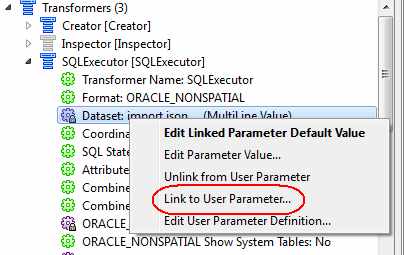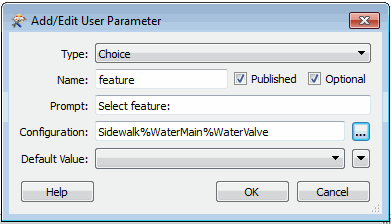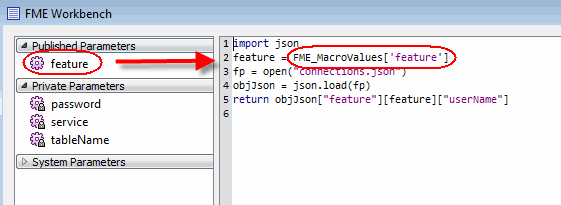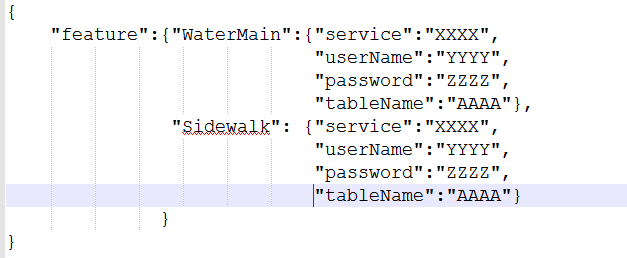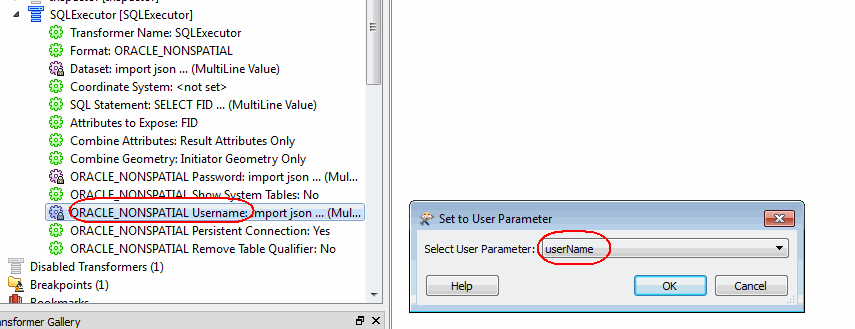I want to make a parameter so that the user chooses which feature reader to read from. I don't want the workspace to read from all three feature readers because the tables in each feature reader are very large. Two of the feature readers should be disabled each time that I run the workspace, based on the user's choice.
I know that you can dynamically choose feature classes, but can you dynamically enable and disable feature readers as I want to do?
Thanks








